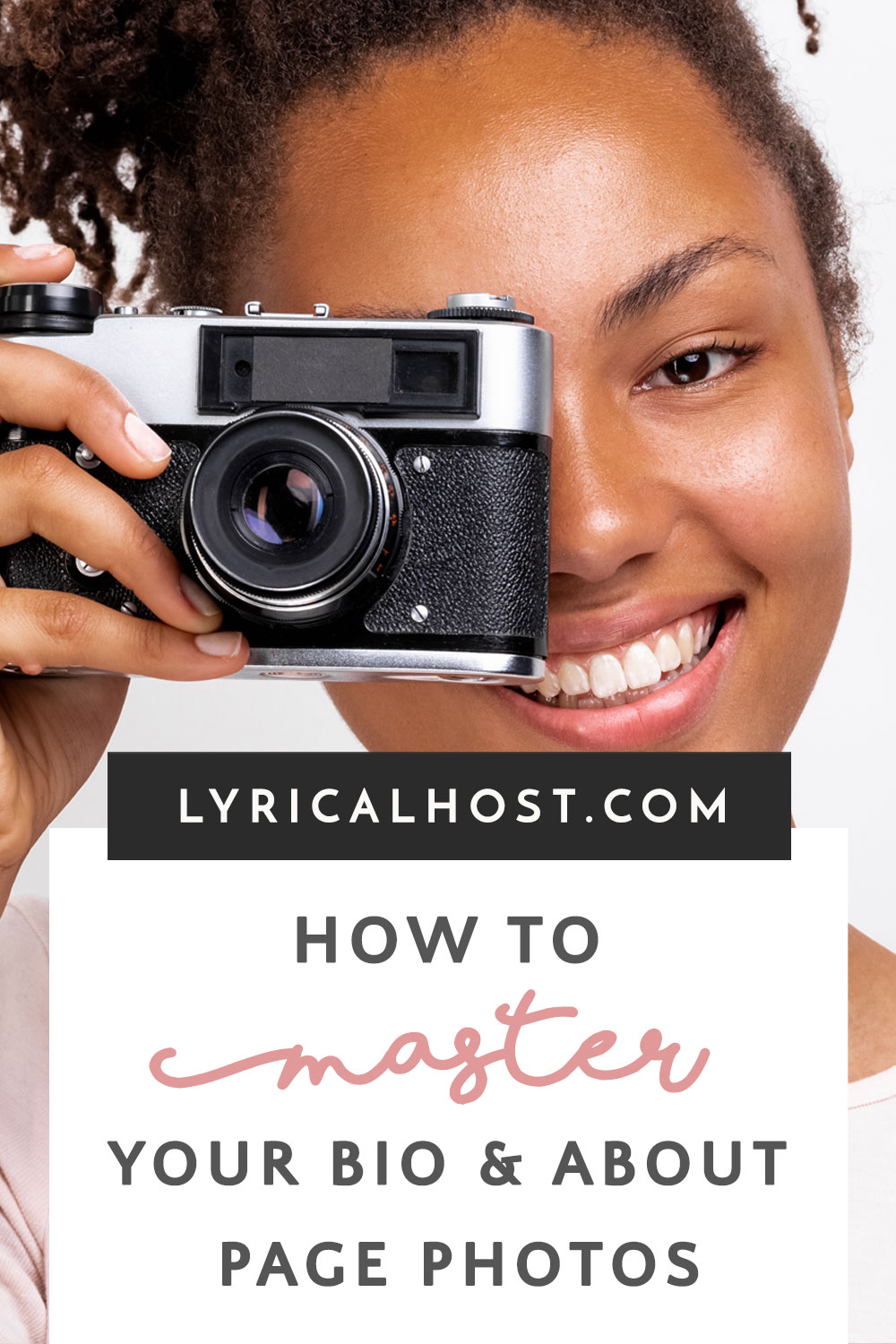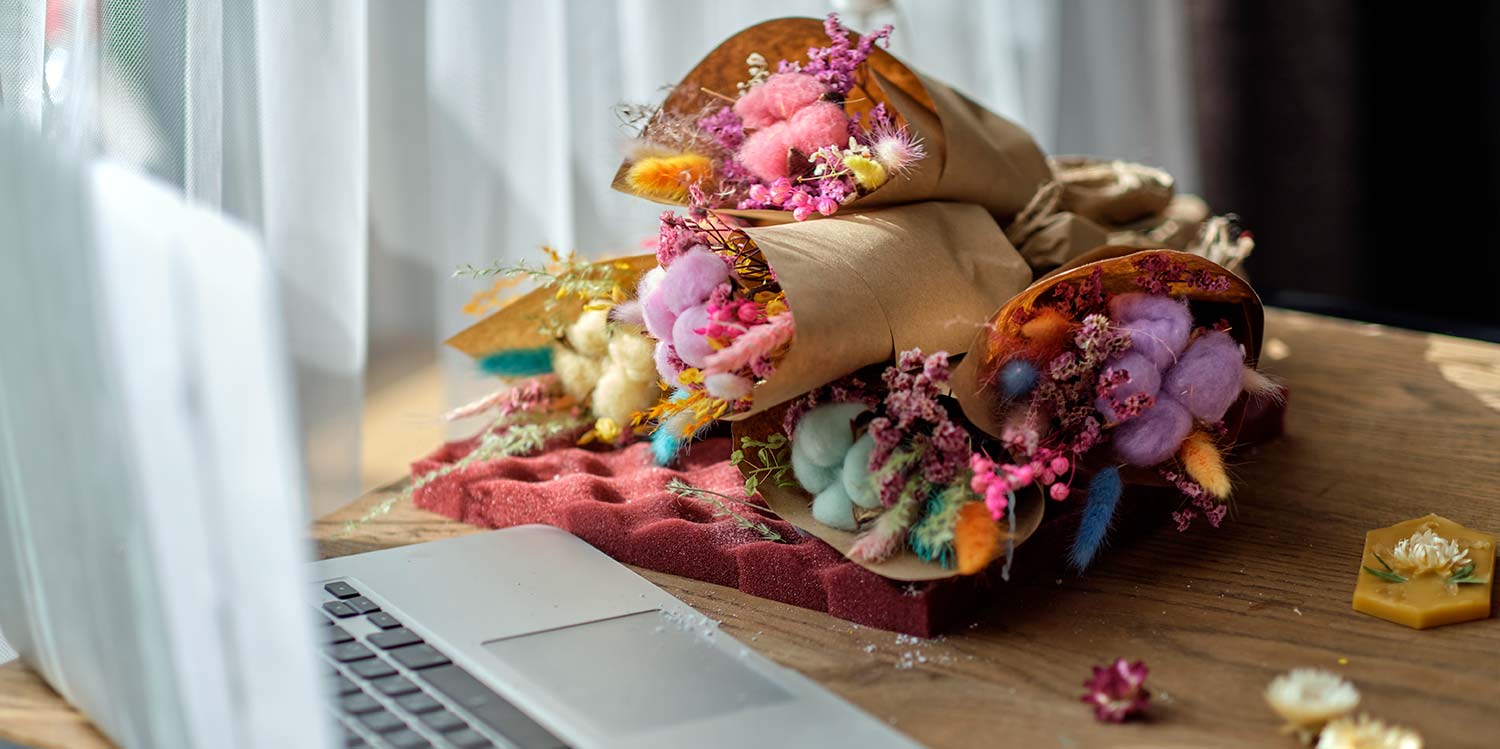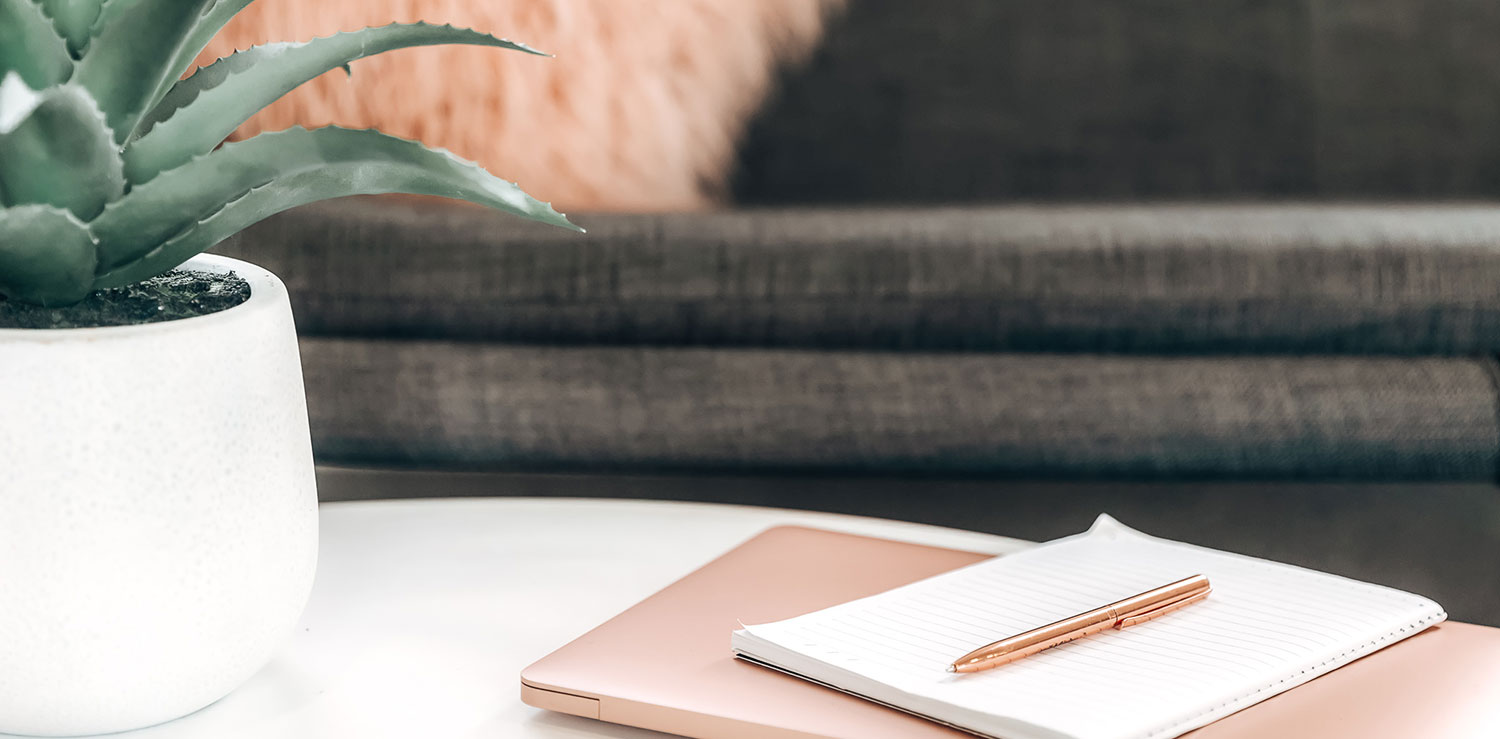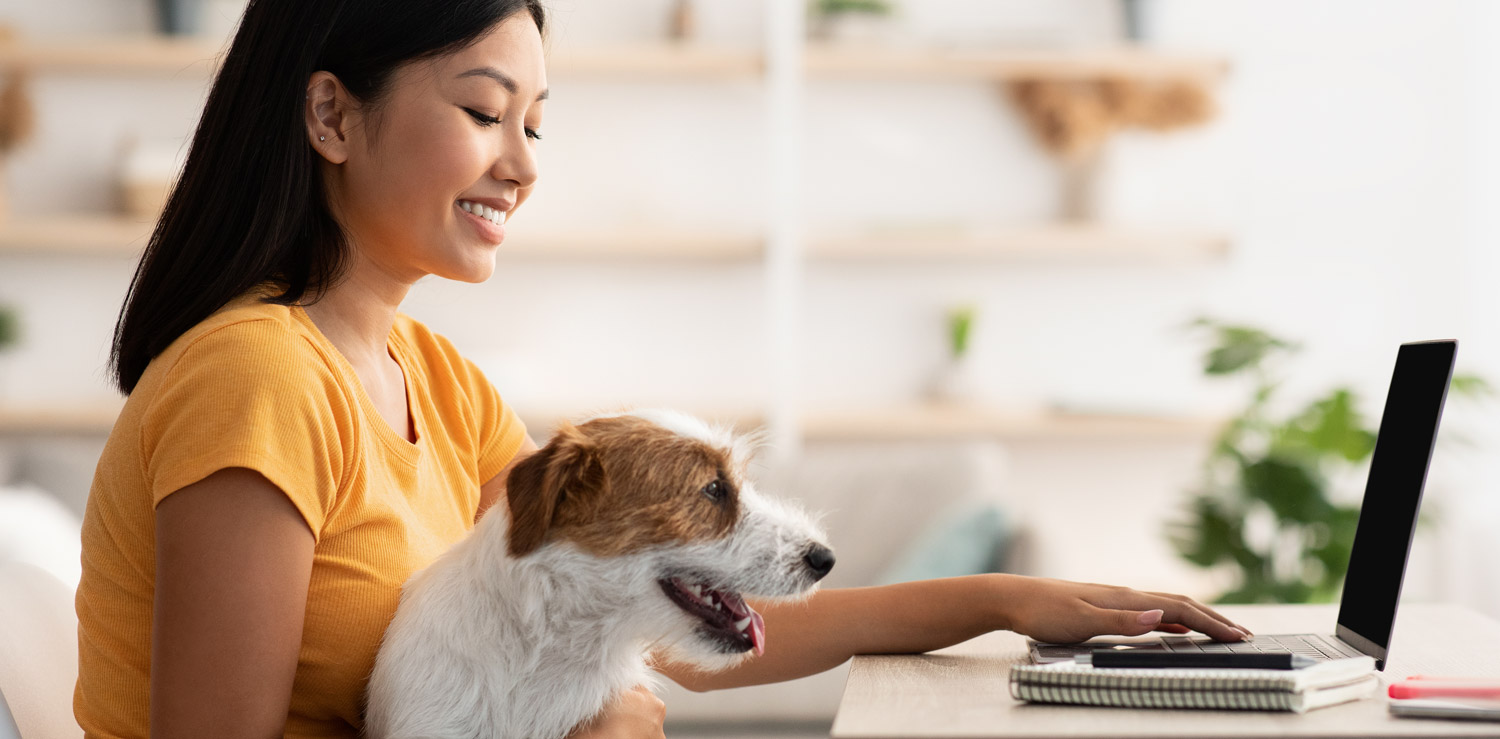Whether you’re running a business website or managing social media accounts, a well-chosen bio photo can help you connect with your audience and establish trust. As a blogger or small business, you want to showcase who you are, trust in what you say, and recognize you across different platforms, so the photos you choose to represent yourself are extremely important.
Types of Profile Photos
Bio Profile Photo: This is typically a head and shoulders shot used for website bios, blogs, and social media platforms.
Portrait Photos: These are full-length or action shots, often including a background scene, used on website Home pages, About Me sections, or Service pages.
Where to use your Profile Photos
The type of photo you will use will vary depending on its placement.
Website Photos
Homepage: The nature of your blog or business often determines where your photo should be placed on your website. If you offer personal coaching, your home page will lend itself to a larger portrait photo as the header image. If someone is investing in coaching of any kind, they want to see you at the forefront of your home page. For myself, as a photographer, I have one placed at the end of the home page as I feel website visitors want to see my portfolio before they see me.
About Me Page: When people look to collaborate with you or book a service, they want to imagine working with you. So your About page is often a good place to share a more personal photo. This doesn’t have to be related to the nature of your business, it could be you with your pet or family or doing a hobby.
Service Pages: If you provide a personalised service, for example, a fitness instructor, including an action shot photo of you at work can help people connect with you so that they can start to imagine what it would be like to train with you. You don’t necessarily need to add photos of yourself to all pages and this will be very dependent on your business so always ask yourself if it’s relevant to your customer.
Blog Sidebars: Bio photos are often used in blog sidebars and social media profiles, where the space for the photo is in line with passport size. Anything more than a head and shoulders photo will get lost in the profile area so people won’t see you.
If you are selling a product, you don’t need to share as much of yourself across your website. But it’s still a good ideato have a bio photo visible. This could be a small bio profile photo on your blog or your About page sharing your journey or the reason behind your product. This goes back to people buying from people and can help buyers to connect with you.
Social Media Profile Photos
For Facebook, Instagram and LinkedIn a head and shoulders photo works best, as the profile area is quite small. While logos can be used, personal photos often create a stronger connection.
Expressions and Posing Tips
To smile or not to smile
Your expression should align with your business and target audience If you are a kids’ party planner, you want to convey a message that you’re fun, happy and love being around children. So your headshot bio photo should ideally be looking at the camera with a warm smile or laugh and your About page, should show a photo of you at work interacting with children at a party.
If you are a virtual assistant, your bio photo would be a head and shoulders photo and your About page could include one of you sitting at a desk working on your laptop or making notes in a planner.
Posing Tips
Head and shoulders photo: Lean against a wall with your shoulders resting and your hands in pockets or crossed. Finding something to do with your hands, will make the top half of your body look more relaxed.
Natural smiles: Try turning away from the camera and quickly turn back. Repeat this by looking to the left, right and straight at the camera to see which you prefer. You can also try doing a fake laugh which often achieves a natural smile.
No Sunglasses. Other than a one-off photo update to say you’re on holiday, let people see your eyes in all of your profile photos.
Side Profile or Straight On: This will be personal to the individual. Experiment with side profiles and straight-on shots to find your best angle.
Full-length: For a relaxed full -length portrait, try a walking shot or leaning against a wall.
Sitting: If you feel awkward standing for your portrait, find some steps at a park or sit behind a desk. It’s more flattering to lean forward too so that you’re almost perching on the edge of the seat and the camera should be a touch higher than eye level.
Action shots: This can be you at work whether that’s at your desk, interacting with customers, or doing a hobby to show a personal side of you.
Choosing Clothing for Profile Photos
It’s good to make sure that the colours you are wearing fit in with your branding so they don’t look out of place. If your branding is bold and bright, your clothing should be too (whilst not clashing with your website colours). Your style of clothing should also be taken into consideration too, i.e. you don’t want to a wear formal outfit if you’re a yoga teacher.
If you’re short of ideas on how to portray yourself, look at other websites or social media accounts in a similar industry. You don’t have to do the same but it can sometimes give you ideas of what you like and what you don’t like. Write down the first thing that comes to mind when you see their photo, is it a positive feeling making you want to find out more or do you think that it’s not aligned with their business? This can help you focus on the style of photos you want to share of yourself.
Editing Your Photos
I recommend only doing basic exposure corrections for profile photos and the removal of blemishes to remain authentic.
Resizing photos for your website
Finally, before you upload your photos to your website, make sure to resize them for the page and section they are being used. A full-width header image will approximately be 1920 px x 1080 px whereas a bio photo may only be around 300-400 pixels wide. These sizes will vary depending on the website theme you use so check before uploading it as unnecessarily large images will slow down your website.
Final Words
Your bio photo can be a powerful tool in your online presence. The main thing is that you are comfortable with your representation and strike a balance between people getting to know you and making sure people don’t think it’s overindulgent!
Pin for later:







No Comments